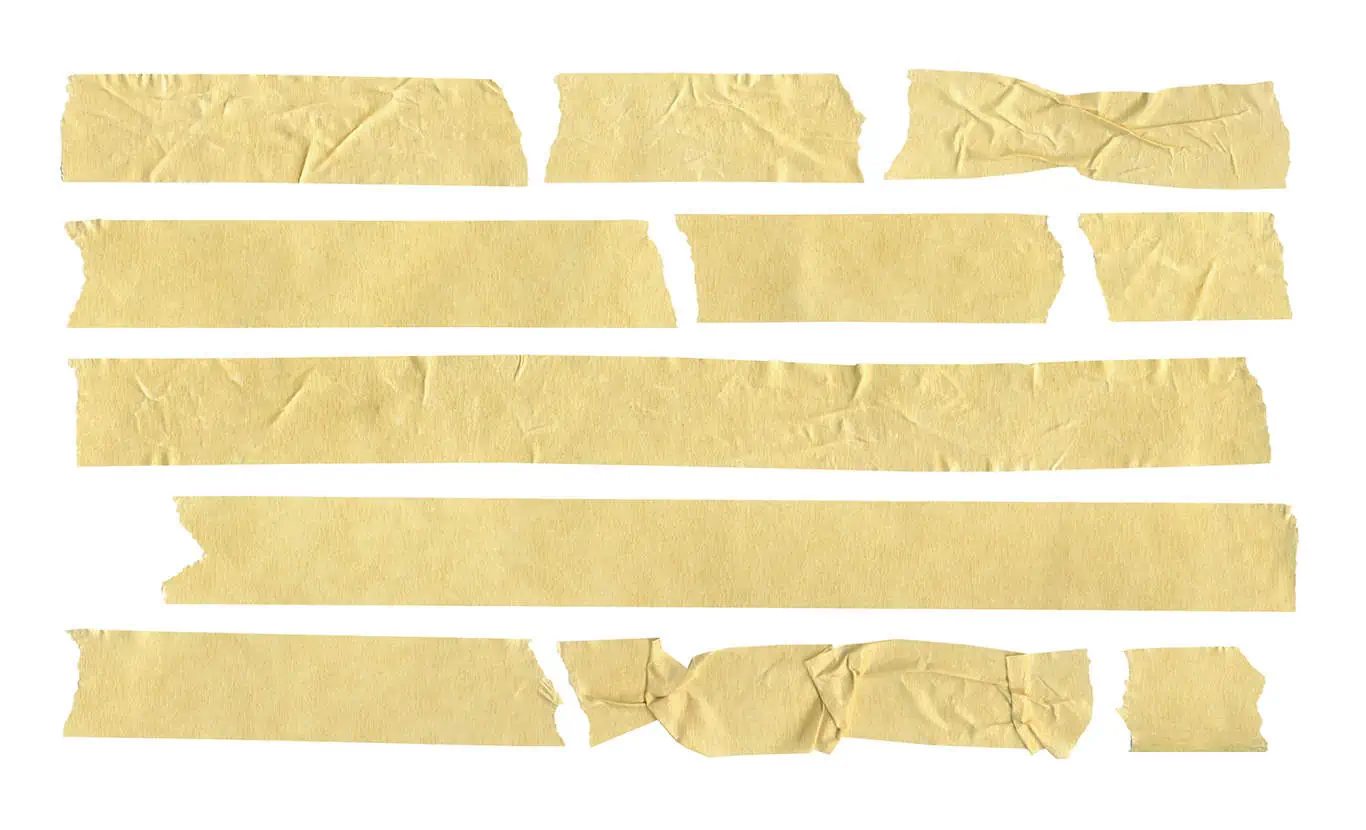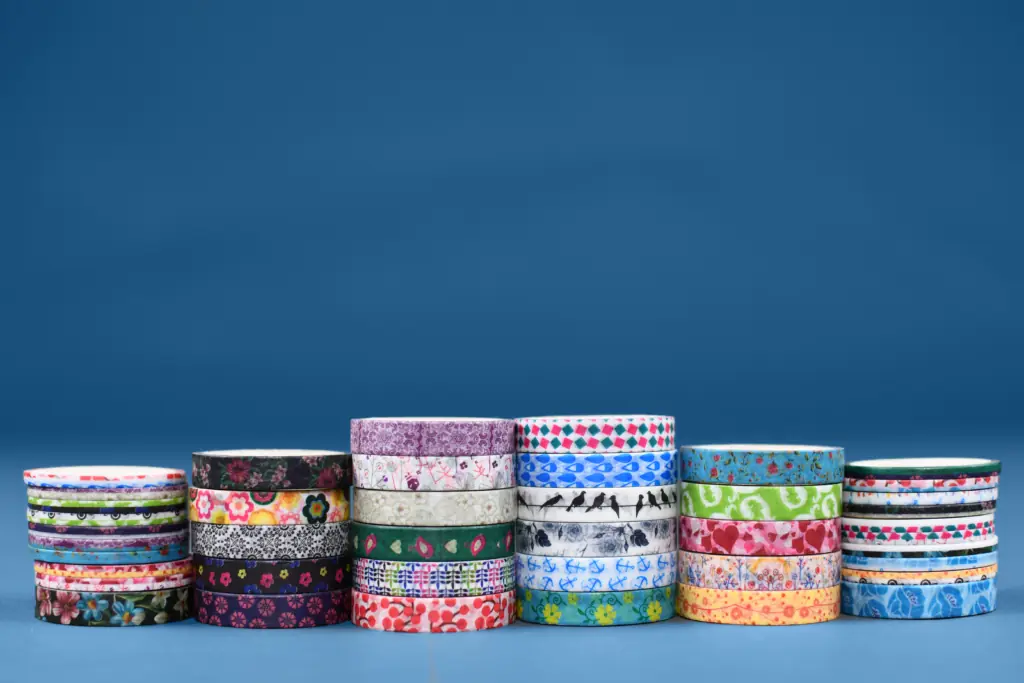Here’s a scenario: You’ve woken up the day after moving and would love nothing more than a cup of coffee, but your kitchen is filled with half a dozen boxes, and you have no idea which one your Kurig or mugs are in. Not an ideal start to living in your new home.
If you want to avoid the nightmare of digging through mystery boxes, you need a good labeling system. That’s why more and more people are learning how to label moving boxes using a color-coding system.
In this guide, we’ll give you detailed instructions on how to color-code boxes for moving. Whether you’re relocating to a five-bedroom family home or packing up a studio apartment, this method is easy to learn and worth the effort.
Color-Coded Moving System
A color-coded moving system is a visual organization strategy that uses colors—usually on color-coded moving labels, tape, or stickers—to designate where each moving box belongs.
“Avoid marking the tops of boxes, as the labels will be hard to see when boxes are stacked in the moving truck.”
Instead of squinting at scribbled notes or opening every moving box to figure out its destination, you (and your movers) can instantly spot where things belong.
Here’s a quick step-by-step guide:
- Gather your supplies
- Assign a color to each room or zone
- Use numbers for boxes in each color category
- Mark the boxes
- Create a detailed legend
- Inform your crew
- Create signs to help guide your crew
- Dedicate a zone for unloading or furniture building
 How It Works
How It Works
The idea is simple: Assign a unique color to each room or zone, mark every box with that color, and use labels on the boxes and signs around your home to match each box to its destination.
For example:
- Blue = Bathroom
- Yellow = Kitchen
- Green = Living Room
- Orange = Bedroom 1
To stay even more organized, add numbers or item lists to your color-coded boxes to make them easier to identify and track.
Many professional moving crews, especially those working on large-scale or multi-day moves, use some form of color-coding boxes for moving. It helps them streamline unloading, avoid misplaced items, and keep everything efficient.
That said, not every moving company offers a color-coded moving system by default. The good news? You can create your own method to label moving boxes for a smoother move. If you’re booking through HireAHelper, you can easily communicate with the movers on our platform to let them know your setup before moving day. They’ll take it from there!
Step-by-Step: How to Color-Code Boxes for Moving
Now, let’s take a detailed look at how to create a color-coded moving system that’s efficient and easy to follow. This breakdown will help you avoid confusion, save time, and make unpacking way easier.
Step 1. Gather Your Supplies
You’ll need the following to create a color-coded moving system:
- Brightly colored duct tape or masking tape: It’s durable and comes in a wide range of colors.
- Labels or large color-coded stickers: Choose stickers big enough to spot at a glance. Preprinted room labels or large blank labels you can write on work best for visibility and quick sorting.
- Permanent markers: Use bold, quick-drying markers like Sharpies. Chisel tips are great for big, visible labels. For darker-colored tape, go with metallic or paint markers so your writing stands out.
- Clear Packing tape: Use this to securely seal your boxes. It also works well over labels and stickers to keep them from peeling or getting smudged during the move.
Step 2. Assign a Color to Each Room or Zone
Each color should indicate a zone or room in your new home. You can use tape, stickers, markers, or all three. If you’re using tape and have more rooms in your home than there are colors in the rainbow, don’t worry. Patterned tape works well and can be found in many craft stores. Look for bold patterns that are easy to identify, like stripes or polka dots.
“Let your moving team know about your color-coding system ahead of your move. You could share a hard copy or photo of your legend along with any additional instructions.”
Washi tape is also an option and comes in hundreds of colors and patterns, but you may need to use more than one “row” of it to get the same thickness as other kinds of tape.
Step 3. Use Numbers for Boxes in Each Category
Take the color-coding process to another level by adding numbers and the contents to each box with a marker or sticker. This helps you create a detailed legend that streamlines your move and doubles as inventory.
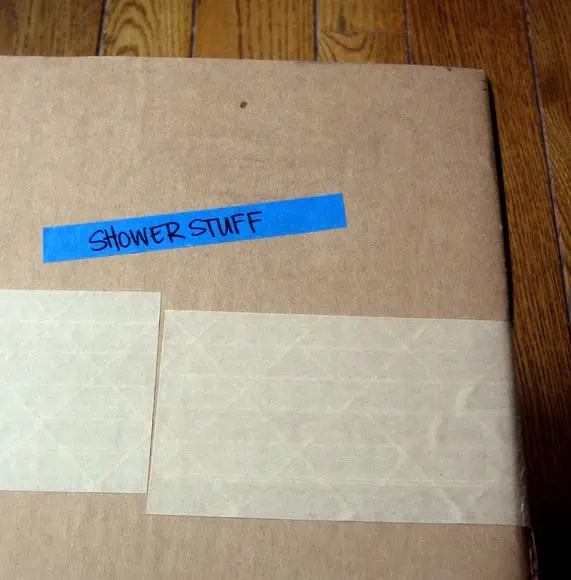
Step 4. Mark Your Boxes
Once you’ve assigned each room or zone a color, you can start packing and marking your boxes room by room. To clearly label each box with its designated color, add a piece of duct tape on each side, or label it with a colored marker or sticker. Avoid marking the tops of boxes, as the labels will be hard to see when boxes are stacked in the moving truck.
To stay extra organized, include a short list of contents on each box or add an additional label with item details. This helps during unpacking and makes it easier to spot missing items.
Step 5. Create a Legend for Your Movers
Create a clear legend to explain your color-coding and numbering system to your movers. If you’ve assigned numbers to boxes, be sure to include them in the legend alongside the color-codes. Place the legend in a visible spot, such as near the front door, so everyone can easily reference it on moving day. Keep it simple and easy to understand for a smooth moving process.
Here’s an example:
| Color | Room | Boxes |
| Yellow | Kitchen | 1-6 |
| Blue | Bathroom | 7-10 |
| Green | Living Room | 11-19 |
| Orange | Bedroom 1 | 20-24 |
Step 6. Inform Your Crew
Let your moving team know about your color-coding system ahead of your move. You could share a hard copy or photo of your legend along with any additional instructions. Providing this information in advance helps ensure everyone is on the same page and increases efficiency. If friends and family are helping you with the move, send them a copy, too. Even better, get them to help with the packing!
See prices for local moving labor. Read real customer reviews. Easily book your help online.
Step 7. Create Signs to Guide Your Crew
Provide coordinated signs around your home to help your movers place your belongings in the right place in your new home. For example, if you’ve assigned the kitchen the color yellow, write “kitchen” in yellow marker on a piece of paper and tape it above the kitchen door. Visual cues like this can help streamline your move by reducing confusion and speeding up the unpacking process.
Step 8. Dedicate a Zone for Unloading or Furniture Building
Assigning an unloading and furniture-building zone prevents clutter, keeps walkways clear, and speeds up assembly. It protects your space and helps everyone know where to focus their efforts. Having a dedicated area makes the move-in process safer, faster, and way more efficient.
Benefits of Using a Color-Coded Moving System
Color-coding moving boxes streamlines the move-in process by visually indicating the contents and destination of each box, leading to faster and easier unloading and organization.
Here are some of the benefits of color-coding your move:
- Faster loading and unloading
- Fewer misplaced boxes
- Less confusion for everyone involved
- Easier unpacking (you know where things are and where they go)
- Built-in inventory system if you number your boxes
- Less stress on moving day
It’s also a win for your moving team. Instead of constantly asking where each box belongs, they can follow your signs and focus on getting the job done.
Whether you’re moving across town or the country, learning how to color-code when moving is one of the easiest ways to take control of your move and make the whole process smoother.
Do you need help packing, too? Hire packing help through HireAHelper, and let vetted local pros take care of it for you. We can connect you with the ideal moving company that fits your needs and budget.

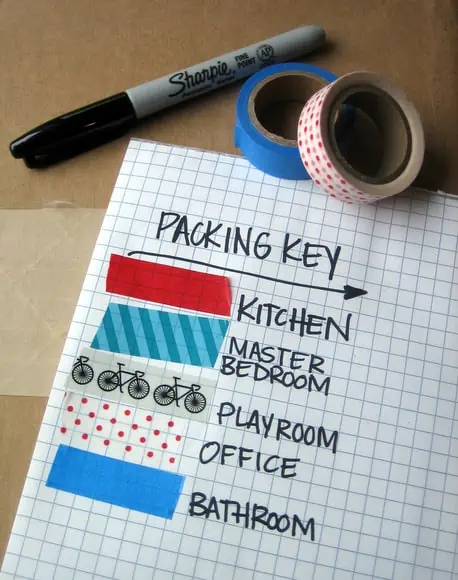 How It Works
How It Works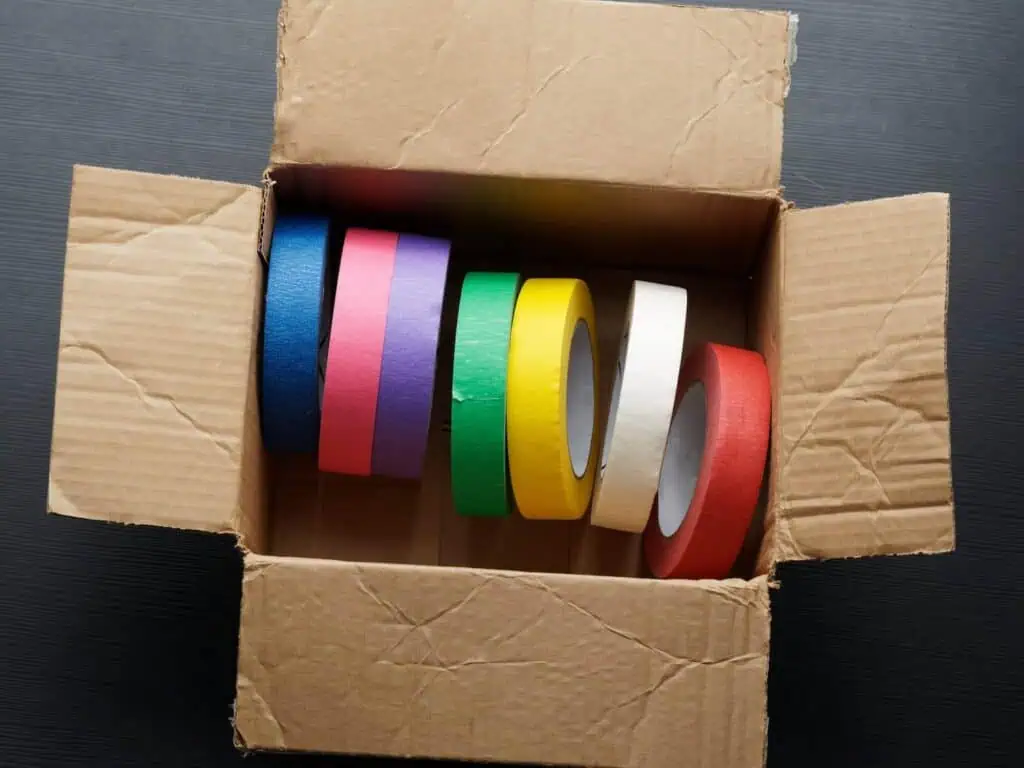

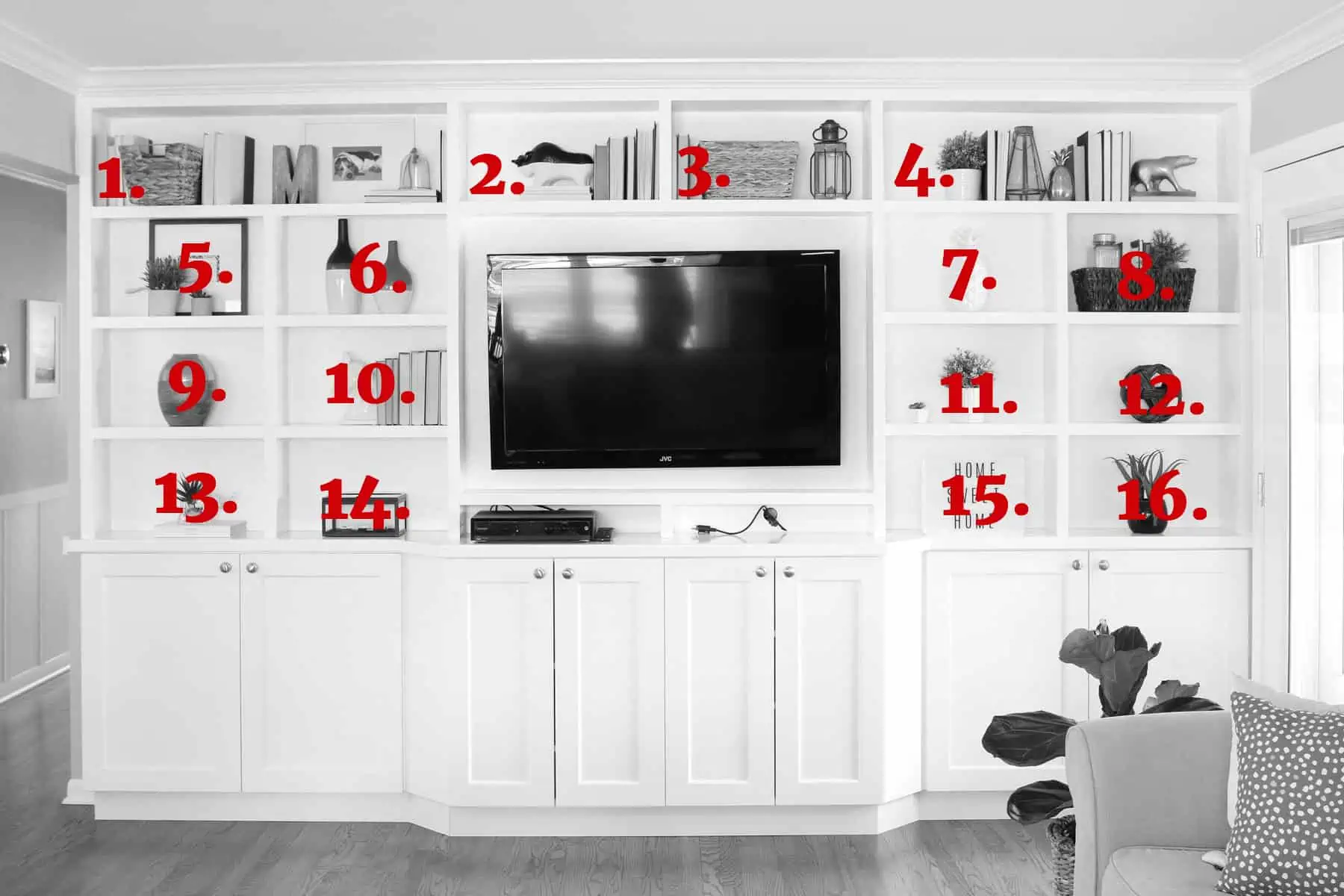
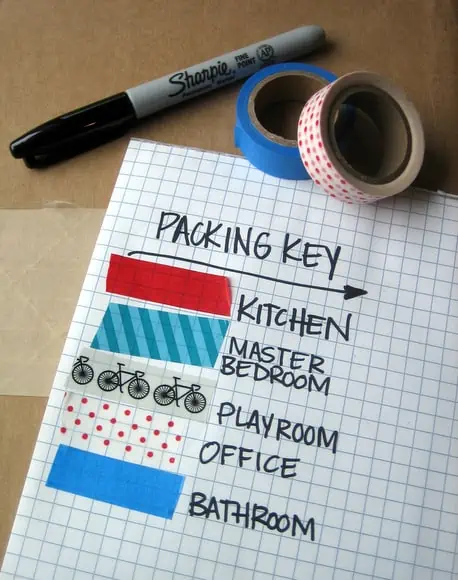
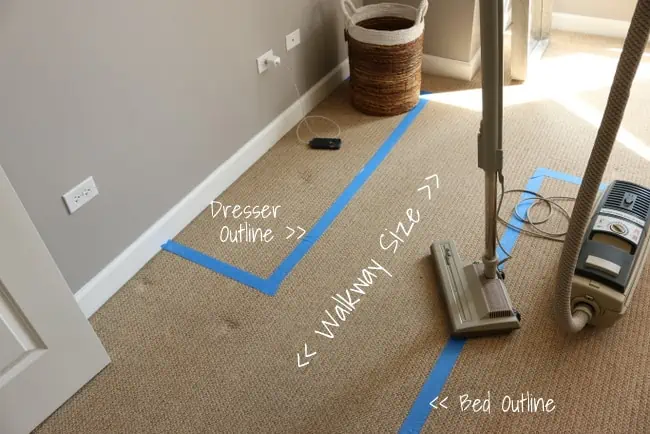
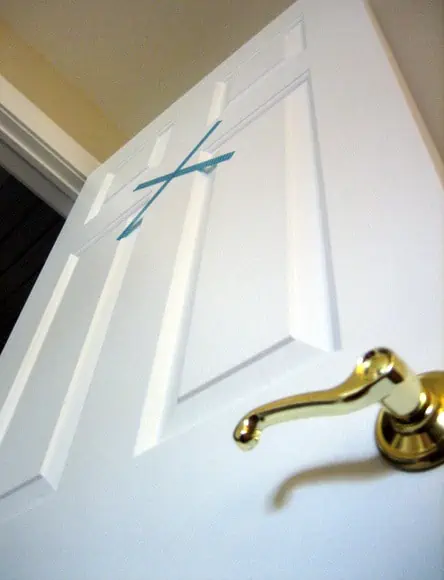

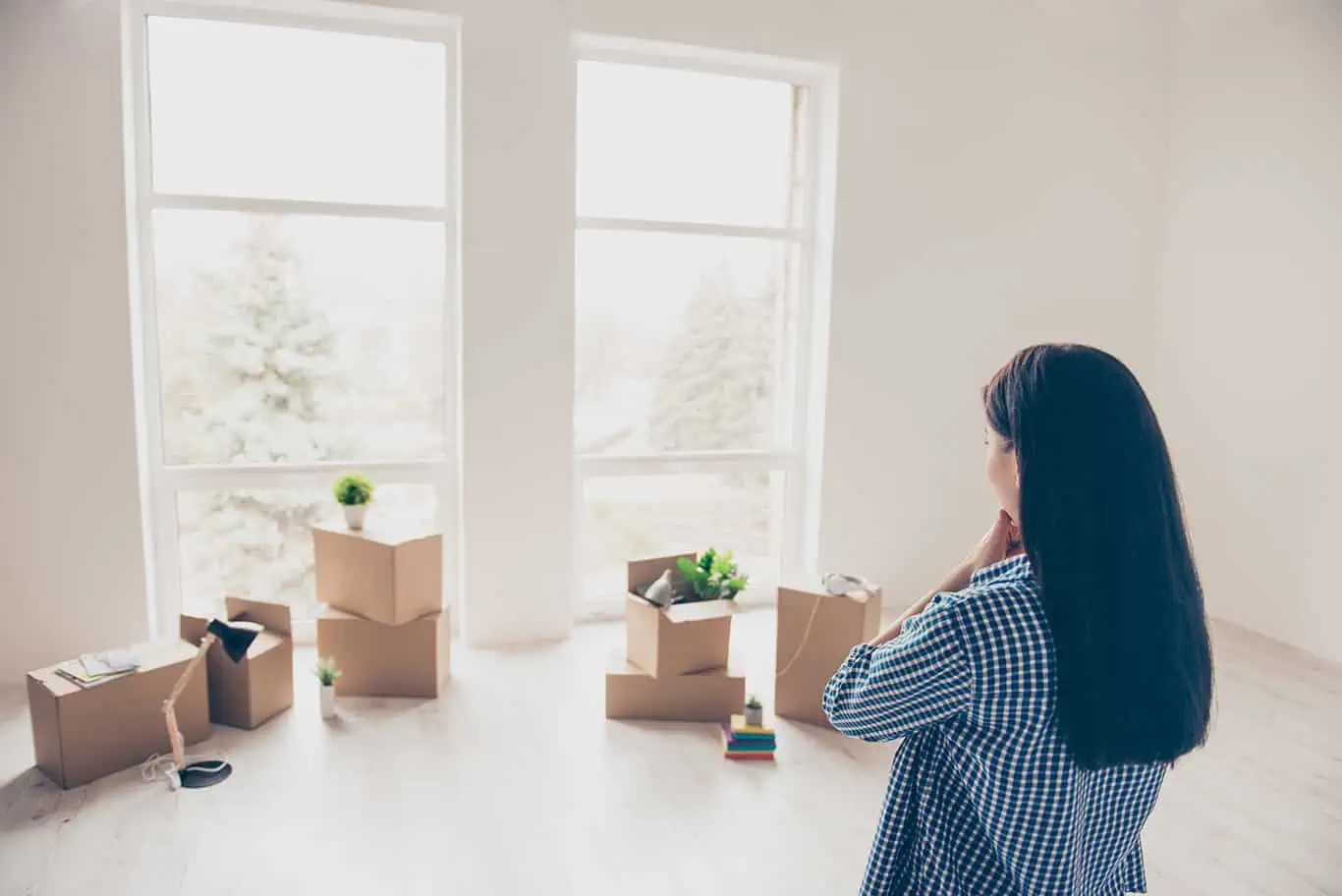
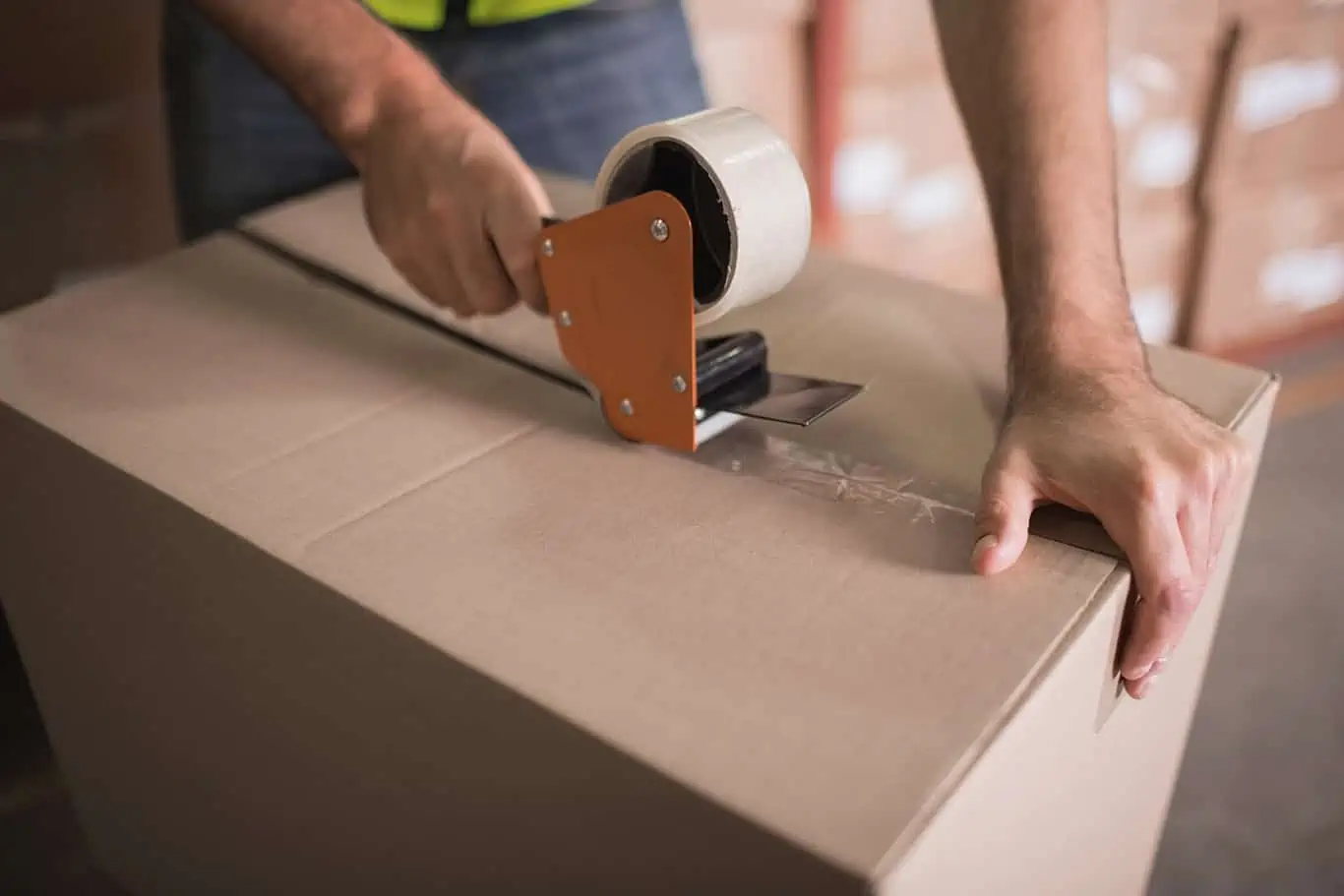
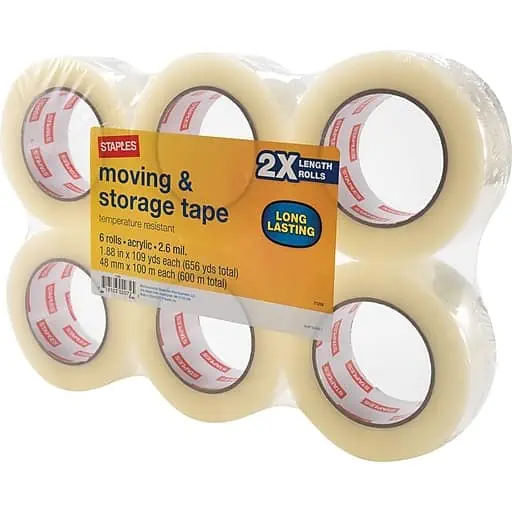 This special tape should be used for boxes that are going into your storage unit with no plan to get them out any time soon. We’re looking at you, boxes of Beanie Babies from 2nd grade. Because it’s a heavier acrylic adhesive, this stuff can last up to 10 years in any type of temperature or humidity. So you can leave those boxes in your storage unit knowing that they’ll stay tightly closed.
This special tape should be used for boxes that are going into your storage unit with no plan to get them out any time soon. We’re looking at you, boxes of Beanie Babies from 2nd grade. Because it’s a heavier acrylic adhesive, this stuff can last up to 10 years in any type of temperature or humidity. So you can leave those boxes in your storage unit knowing that they’ll stay tightly closed.